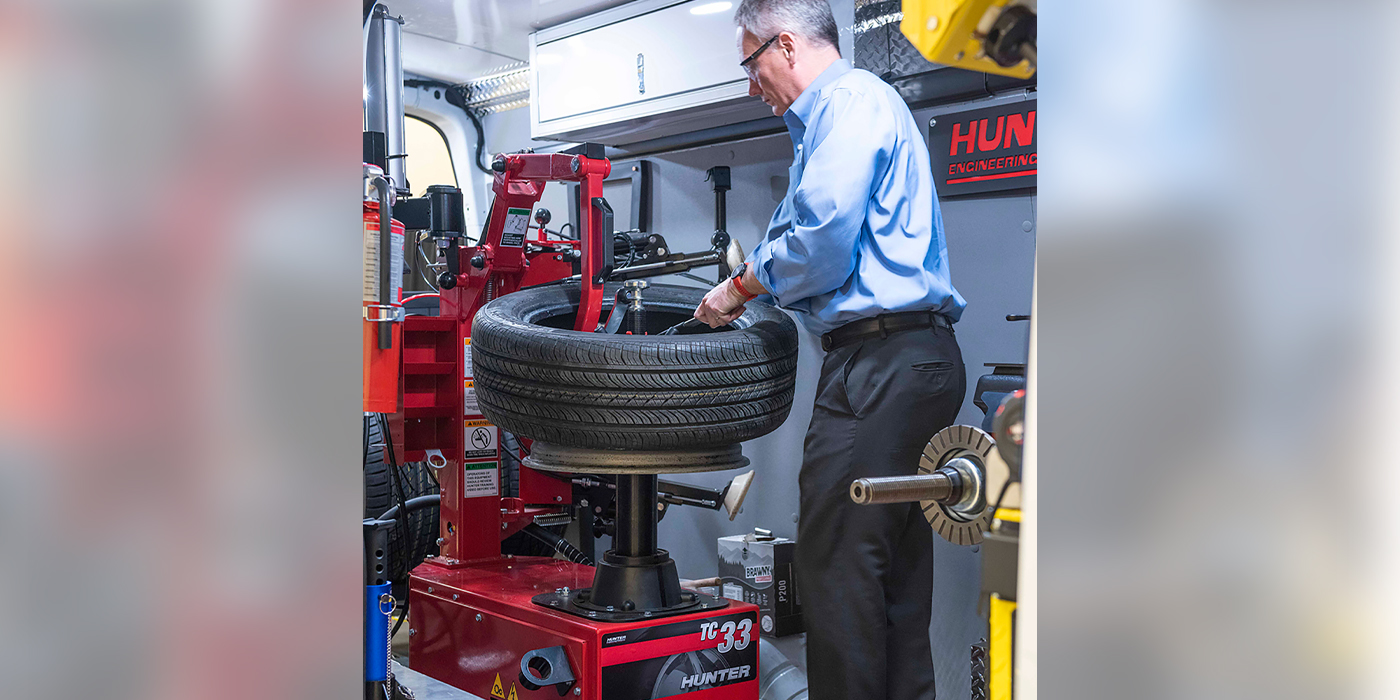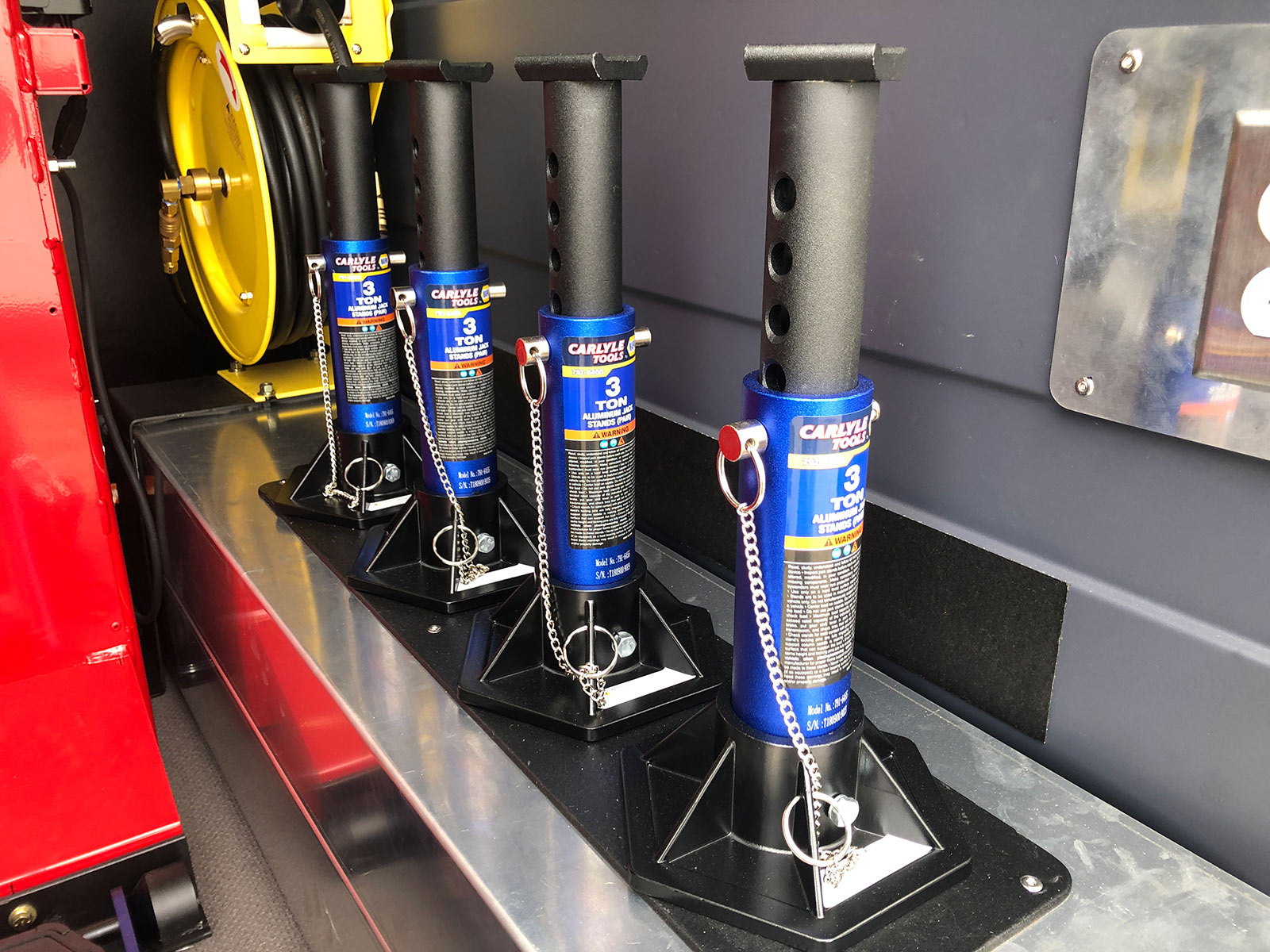Reputable Mobile Tire Change and Replacement in Las Vegas
Reputable Mobile Tire Change and Replacement in Las Vegas
Blog Article
Tire Solution: Proven Methods for Optimum Tire Upkeep and Care
Preserving ideal tire condition is extremely important for both safety and efficiency of any type of vehicle. From guaranteeing proper tire stress to regular rotation and alignment, there are tested methods that can substantially expand the life expectancy of your tires and boost total driving experience. As we check out the complexities of tire care and maintenance, we will reveal essential guidelines that every automobile owner ought to stick to for the very best feasible results. Let's dive into the globe of tire solution and find the secrets to keeping your tires in first-class shape for the long run.
Relevance of Tire Stress
Correct tire stress is an important variable in ensuring optimal lorry performance and safety and security when driving. Maintaining the advised tire stress degrees provided by the supplier offers countless benefits. Ample tire pressure advertises far better gas performance, as under-inflated tires can lead to raised rolling resistance, triggering the engine to function more difficult and consume even more fuel. Secondly, proper tire pressure guarantees even walk wear, boosting tire long life and saving cash over time by postponing the demand for premature substitutes. Additionally, properly pumped up tires add to enhanced handling and braking capabilities, important for risk-free driving in various roadway conditions. Over-inflated tires, on the other hand, can cause lowered grip and a harsher ride. Alternatively, under-inflated tires are vulnerable to overheating, which can cause mishaps and blowouts. On a regular basis checking and changing tire stress, specifically in the past long journeys, is a straightforward yet effective way to enhance car efficiency, extend tire life expectancy, and prioritize safety when driving.
Tire Turning Standards
When thinking about tire turning standards, it is necessary to understand the value of this upkeep task in maximizing tire life-span and keeping ideal automobile performance. Tire turning includes changing the placement of each tire on a car to make sure even walk wear. Front tires tend to wear extra quickly than rear tires due to guiding forces, making regular turning critical for balanced wear patterns. The advised rotation pattern varies depending upon whether a lorry is front-wheel, rear-wheel, all-wheel, or four-wheel drive. Commonly, tires need to be revolved every 5,000 to 7,500 miles, or as encouraged in the vehicle handbook. Disregarding tire turning can result in uneven wear, impacting handling, grip, and potentially compromising lorry safety. By sticking to correct rotation standards, drivers can expand the life of their tires, boost fuel performance, and improve overall driving experience. Normal turning is a simple yet effective maintenance technique that contributes considerably to tire long life and vehicle performance.

Benefits of Wheel Positioning
Guaranteeing correct wheel positioning after tire rotation is important for keeping balanced wear patterns and optimizing lorry see here now performance. Additionally, right wheel alignment helps to extend the life expectancy of your tires. Misaligned wheels can create uneven tire wear, leading to early tire replacement and increased maintenance prices.

Tire Footstep Depth Examine
Doing a regular examination of tire step depth is essential for preserving safe driving problems and extending the life-span of your tires. The tread on your tires plays a vital duty in offering traction, particularly in damp or unsafe conditions. To examine your tire tread depth, you can make use of a step deepness scale or the cent test. The suggested tread depth is at least 2/32 of an inch. It is time to replace your tires to ensure optimal efficiency and safety on the road if the walk deepness is listed below this limit. Unequal step wear can navigate to this website suggest concerns with tire suspension, alignment, or stress, highlighting the significance of routine step check my blog depth checks. Neglecting to check and maintain appropriate walk deepness can cause reduced hold, longer stopping distances, and a boosted threat of hydroplaning. By integrating tire tread depth look into your regular maintenance schedule, you can drive with confidence knowing that your tires remain in top problem.
Seasonal Tire Assessment
Seasonal tire assessment is a basic facet of tire maintenance that makes certain tires are prepared to face the challenges positioned by different weather conditions. In preparation for winter, it is vital to check the tire stress on a regular basis as chilly temperatures can create tire pressure to drop. By conducting routine seasonal tire inspections, motorists can prolong tire life expectancy, improve fuel effectiveness, and most significantly, make sure a secure driving experience in differing weather problems.
Verdict
To conclude, maintaining appropriate tire stress, turning tires on a regular basis, aligning wheels appropriately, checking step depth, and carrying out seasonal examinations are essential techniques for optimal tire care. By complying with these proven approaches, motorists can ensure their tires last longer, carry out much better, and add to total lorry safety and security. It is essential to prioritize tire maintenance to avoid accidents, improve fuel performance, and extend the life expectancy of tires.
Ample tire stress advertises far better fuel performance, as under-inflated tires can lead to enhanced rolling resistance, creating the engine to work more difficult and take in more gas.When thinking about tire rotation guidelines, it is necessary to recognize the relevance of this upkeep task in making the most of tire lifespan and maintaining ideal car efficiency. Seasonal tire assessment is an essential aspect of tire maintenance that guarantees tires are prepared to encounter the obstacles postured by different climate conditions. By performing regular seasonal tire evaluations, chauffeurs can prolong tire life-span, enhance gas performance, and most importantly, guarantee a safe driving experience in differing weather condition conditions.
In conclusion, maintaining proper tire pressure, revolving tires regularly, lining up wheels properly, keeping an eye on walk depth, and carrying out seasonal inspections are crucial methods for optimum tire care.
Report this page